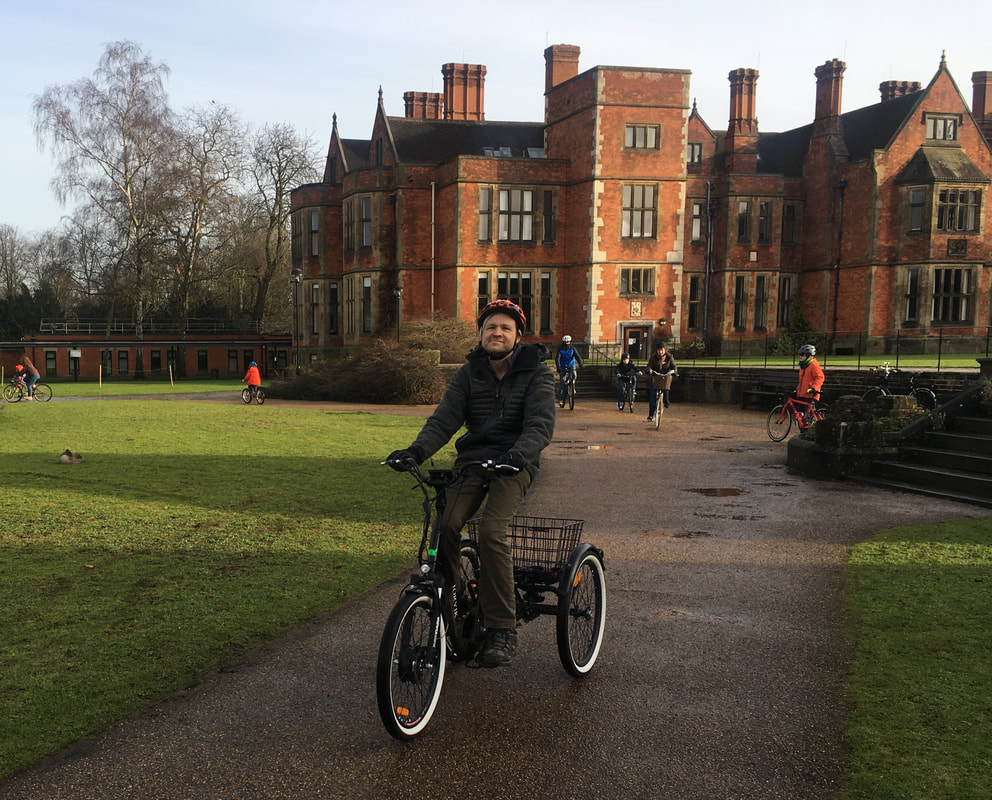I have become quite a keen cyclist, now that I'm limited in my ability to exercise due to MS. This webpage has a number of links, such as 2017 adventure of doing the Coast to Coast and a trip to the Isle of Man, and blogs which recount some of my thoughts and adventures, including my first trip with Empowered People to the Trails of Yorkshire and a trip down to London to attend a disabled cycling conference.
The homepage for my blogs is here

 RSS Feed
RSS Feed
